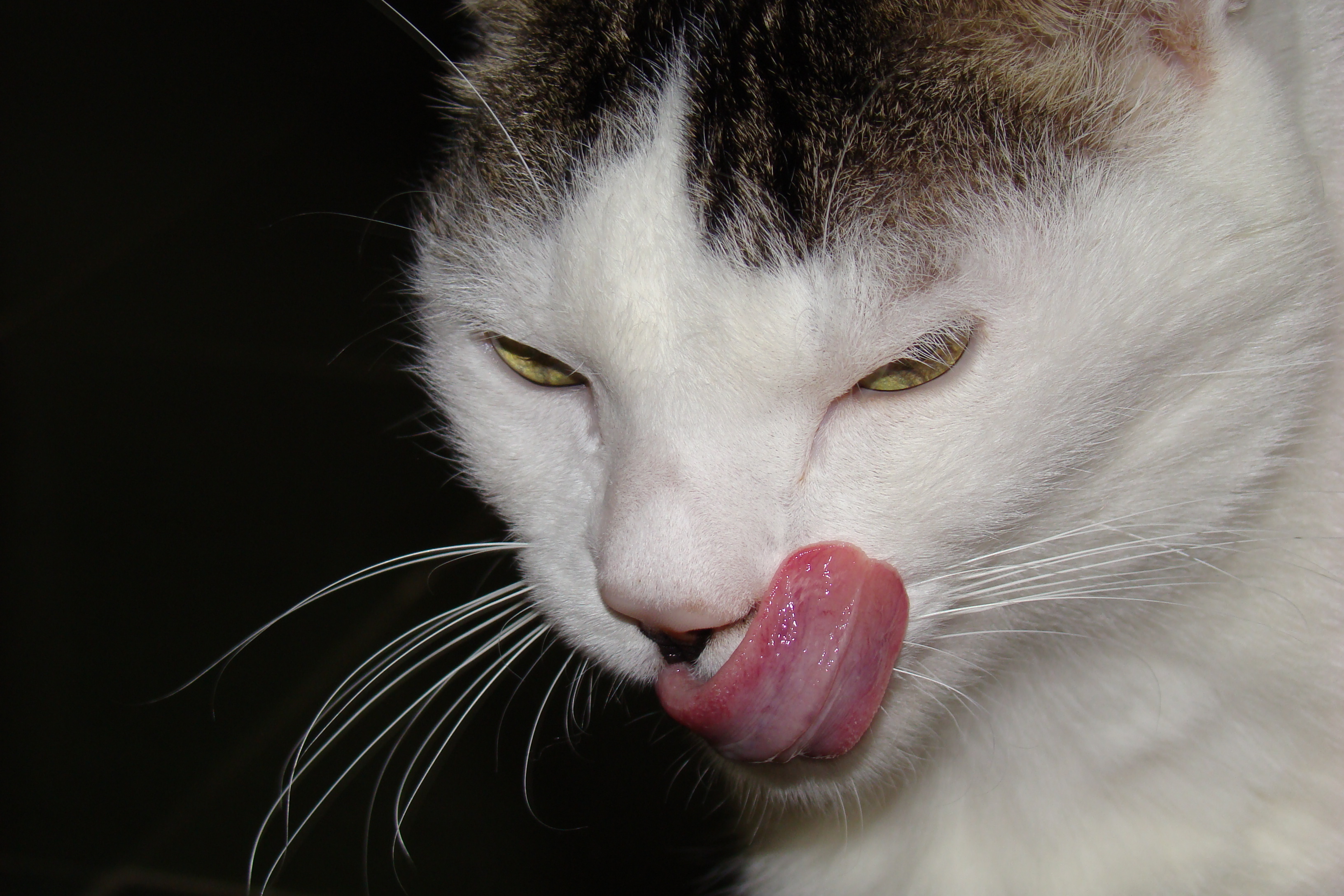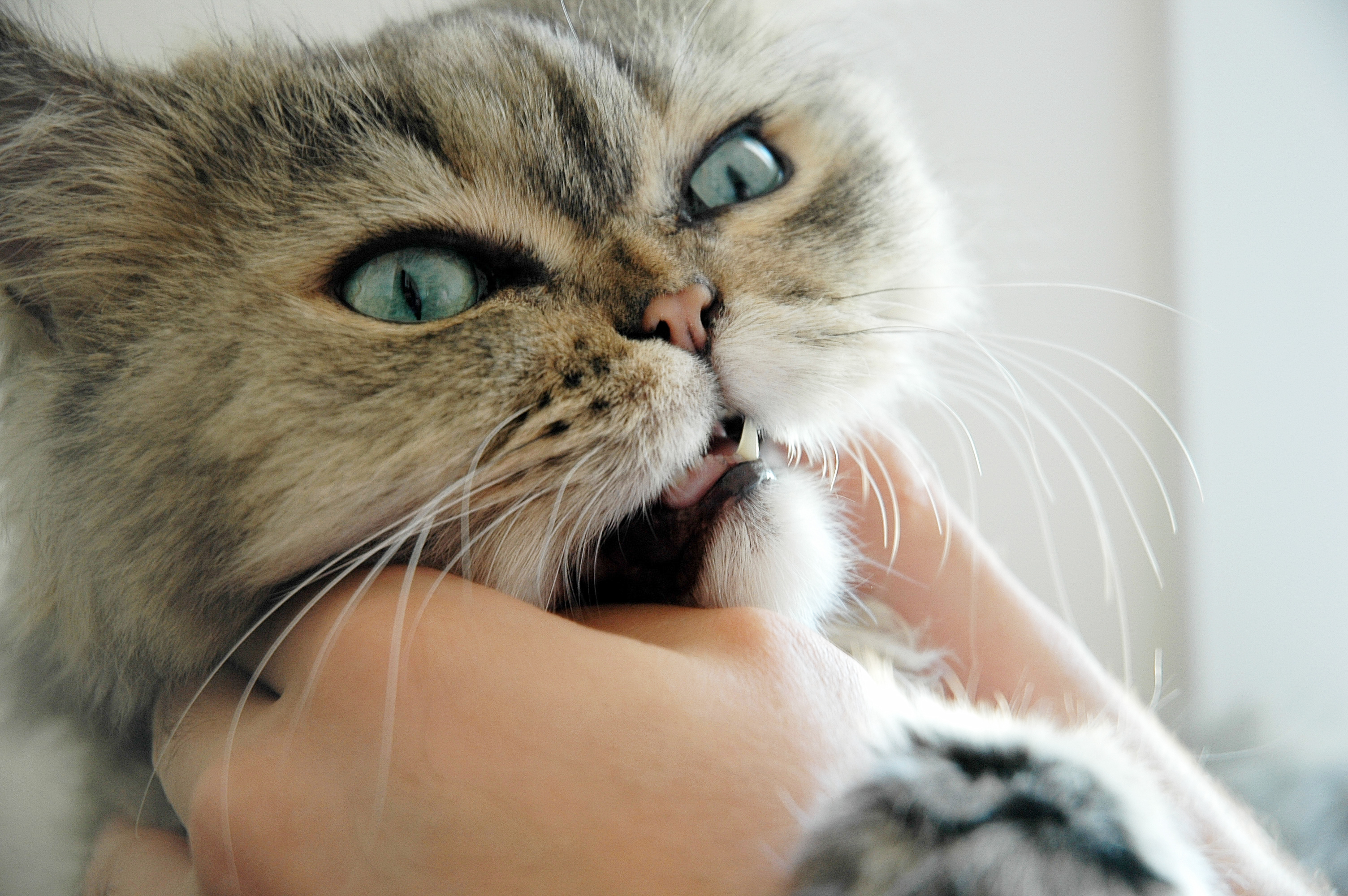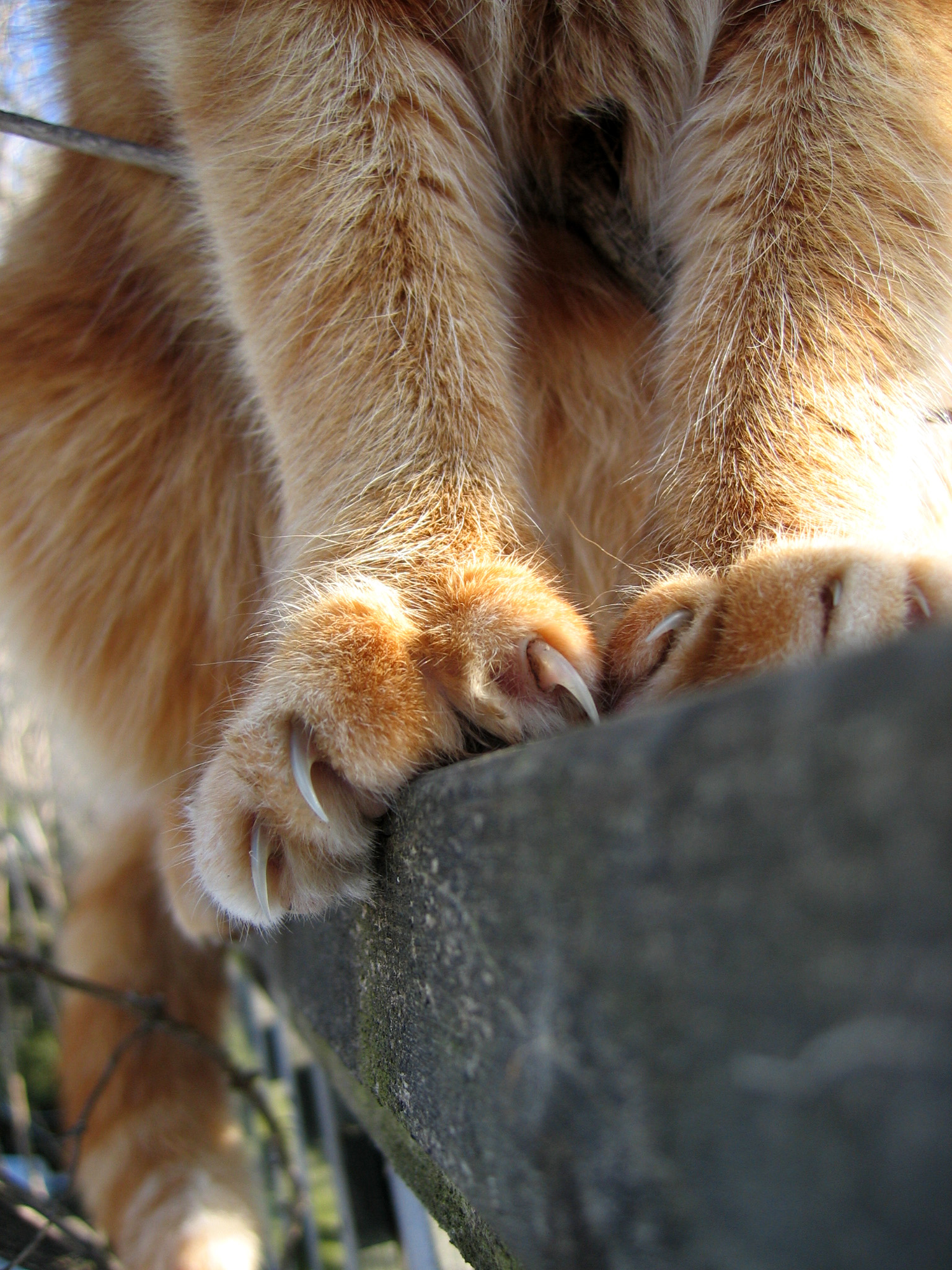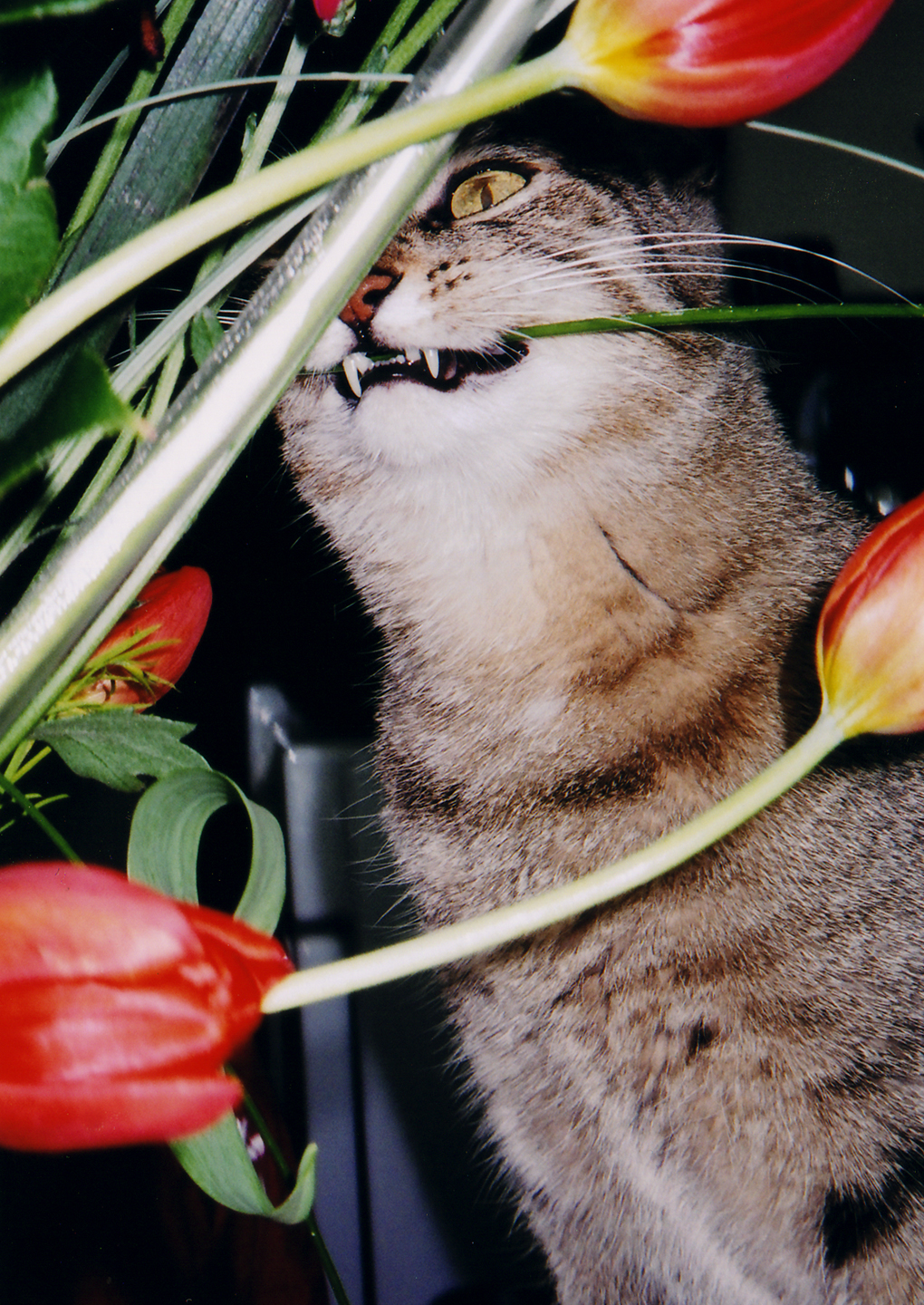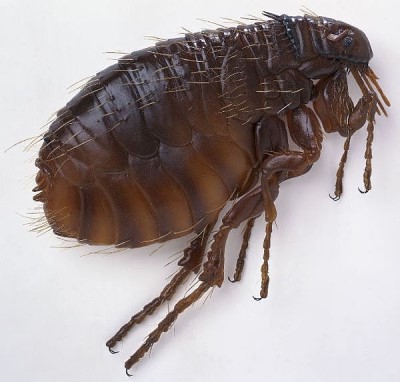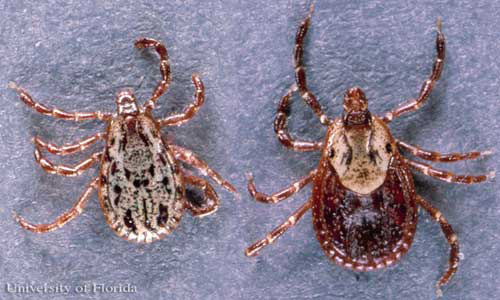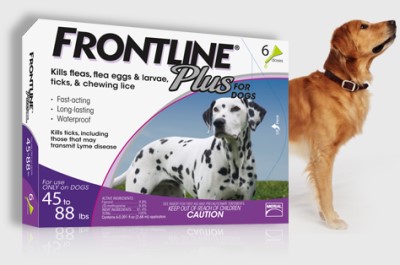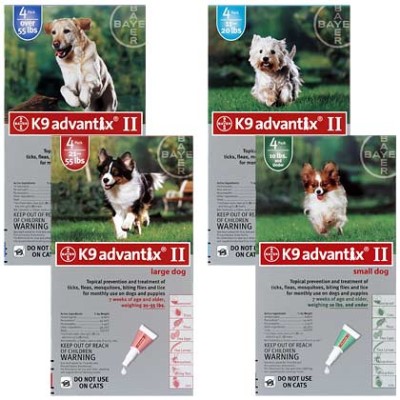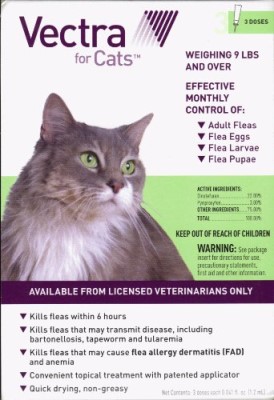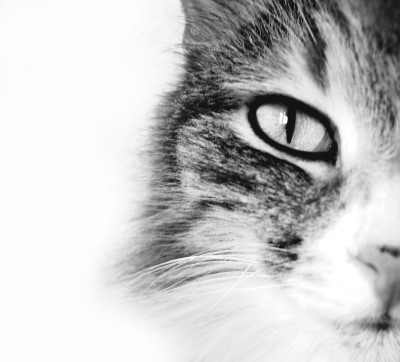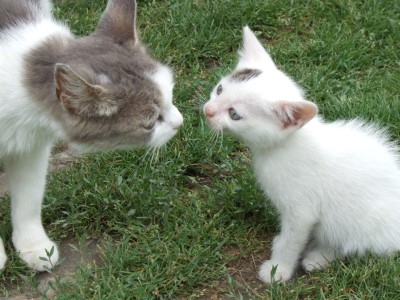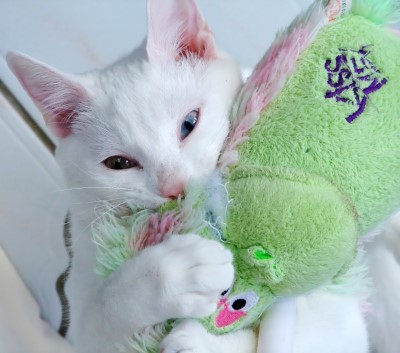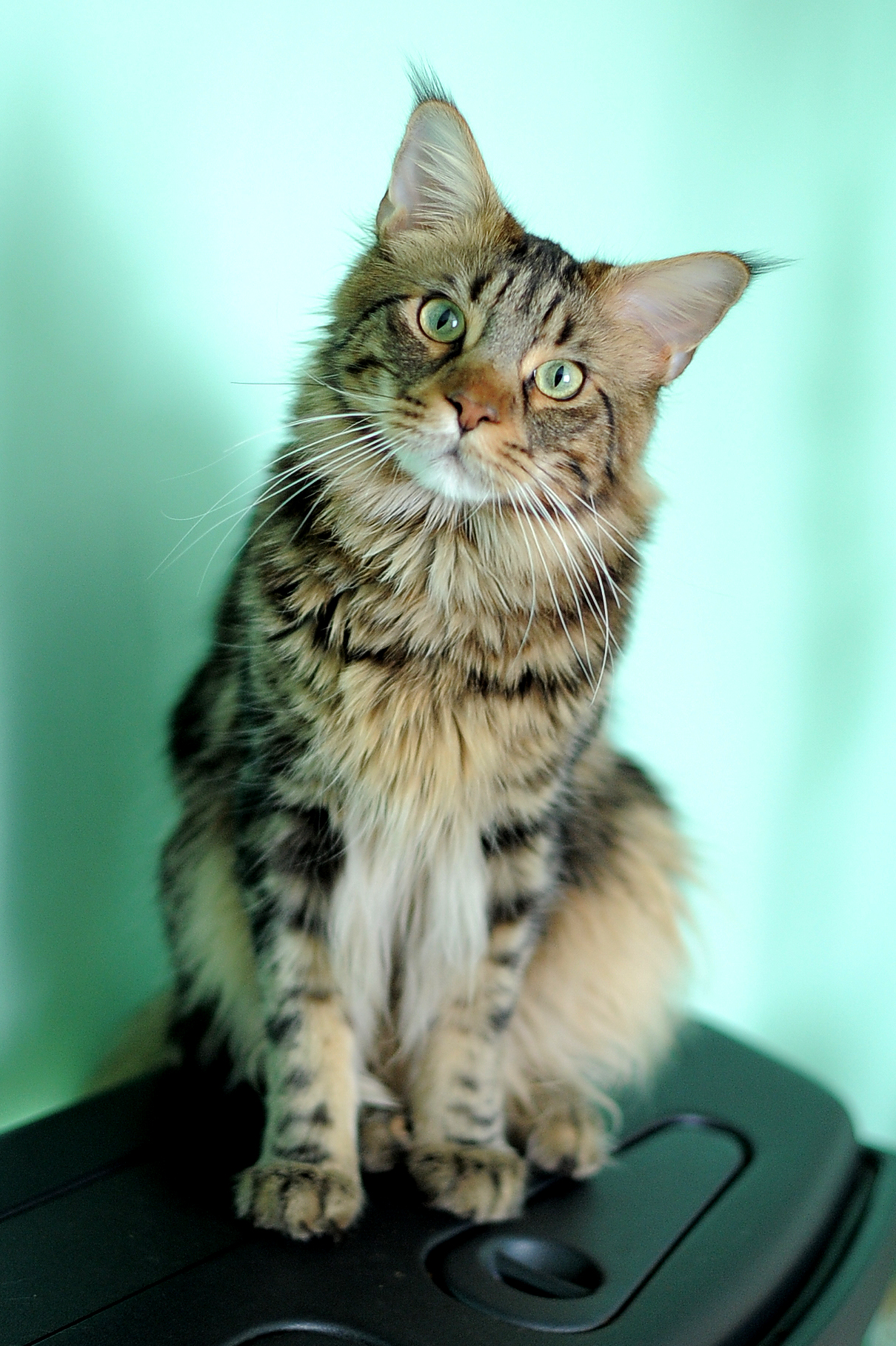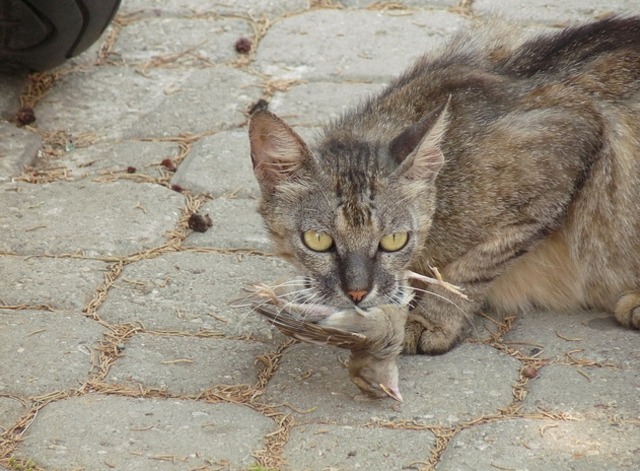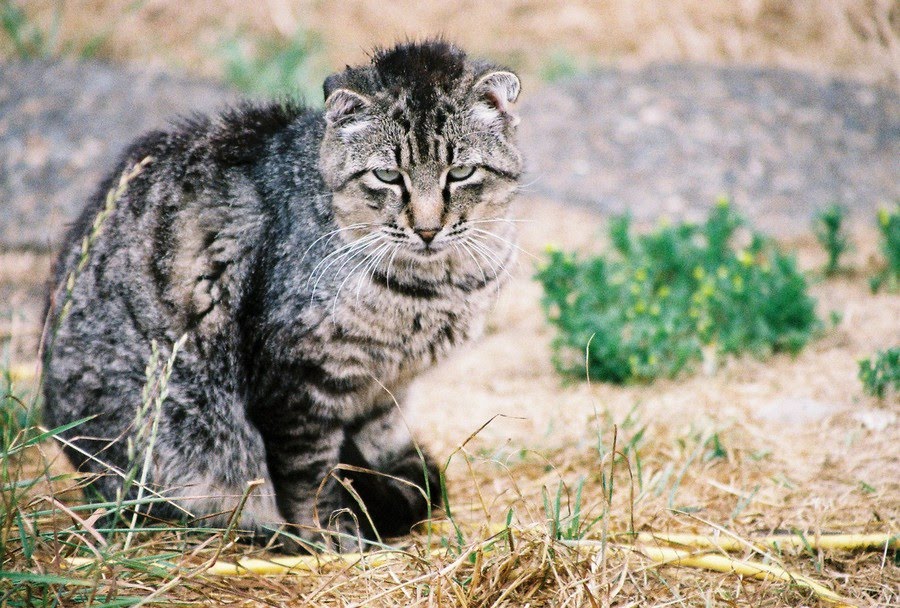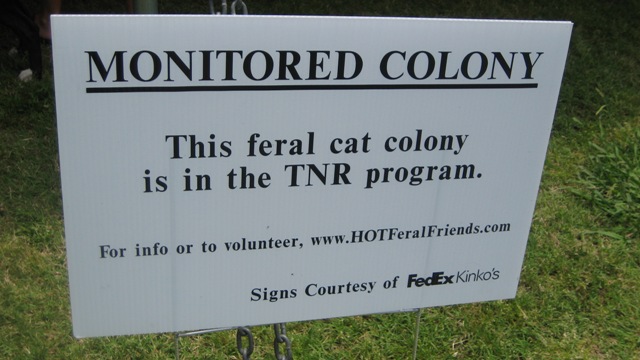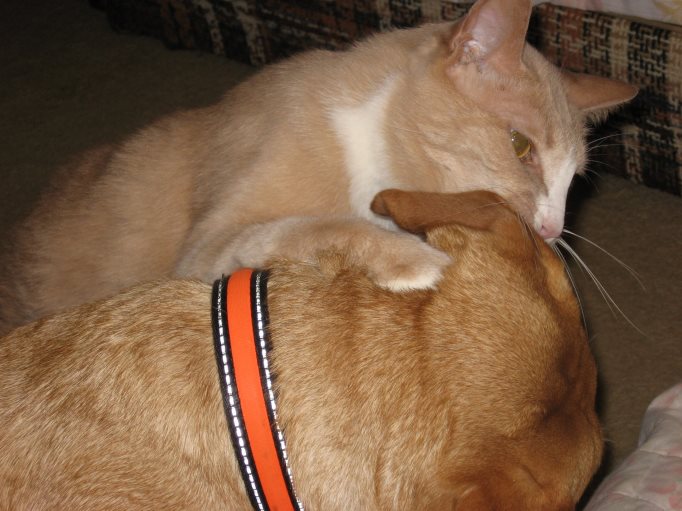What kind of cat to get is just one of the many questions new cat adopters have. But there are many more questions, such as what are common household dangers for cats…and what do I do about that first trip to the vet? Here’s a great book with all the answers about cats…
Book Review: Good Owners, Great Cats
A Guidebook for Humans and Their Feline Companions
by Brian Kilcommons and Sarah Wilson
Required Reading In This Book
What Kind Of Cat To Get
I see many people agonize for months over what kind of cat to get: male or female, long or short-haired, pure or mixed breed, kitten or adult? And what about coat color? So many decisions! Here you can learn about all kinds of cats, as well as how to choose a pet that would be rejected by a breeder as “not quite perfect”, when they’re really the perfect cat for you!
Litter Boxes and Litter
Again, so many decisions, so little time! For those that have never owned a cat, you have no idea of the plethora of litter box types and litter types out there: choosing everything from the shape and height of the box to whether it should be covered or not can be overwhelming in itself. Getting into choosing types of litter gets crazy too, when you’re deciding between clay or clumping, recycled paper, pelletized corn cobs, wheat hulls or wood shavings—and forget about liners and scoops! This section will explain and help you narrow down your choices nicely.
Common Household Dangers For Cats(Holiday Hazards)
I’m a natural worry wart, but when you have a new fur baby in the house, who wouldn’t be? Here you can learn about kitten-proofing your home, with special attention to common household dangers for cats like clothes dryers, household chemicals, antifreeze and unsteady furniture. Windows and balconies, fireplaces, car engines and even string hazards are also covered. In a separate section you’ll find special cautions pertaining to Christmas, Halloween, The Fourth Of July and Thanksgiving.
Feline Communication
Unlike humans, cats communicate in a variety of ways we hardly or never use, such as movement, body posture and scent, as well as voice. This book begins by teaching you how to watch your cat’s ears, eyes and tail for clues as to his mood and messages to you.
Kittenhood
The First Day/The First Night
You’d be surprised at how complicated it can be just getting your new kitten home! I remember one harrowing trip to the country to pick up our cat Little Dingle as a kitten, and him crying piteously all the way back. You will need supplies and this section tells you what and why.
Feeding Your Kitten
There are plenty of folks out there who know that kittens need different food from adult cats. But here you can learn which foods have more colorings, flavorings and additives, how often to change your kitten’s water, and what to look for in a teething kitten.
First Trip To The Vet
If you’re adopting a kitten, you’ll find here some tips on choosing a great vet, as well as the essential vaccines you’ll want to know about on that first trip to the vet.
Tried and True Toys
Again, get ready to be overwhelmed by the incredible numbers of things that amuse felines! This will help you begin to narrow down categories of cat toys and even suggest many you can make at home, as well as what dangers to watch for when cats are playing.
Preventing Bad Habits
There’s very little worse than a bad habit any pet develops that could have been prevented by simply thinking ahead. This section goes over the most common feeding and grooming mistakes, as well as correct play and how to teach kittens to use a scratching post.
Adulthood
Grooming
I can’t tell you how many jokes are out there about the proper way to groom a cat! But here, there’s no joking going on. Just common sense tips about grooming long or short-haired cats, and even tips on removing mats from fur. You can also learn about how to care for the skin of the varieties of hairless cats, the best way to clip cat nails and how to bathe a cat—no, really!
Cat Training
One way to strengthen the bond between you and your cat is with training. Help with tone of voice and your body language is in this section, as well as learning how to motivate your cat. You can also read about whether positive or negative reinforcement training is best, and all about training your cat to a carrier. And yes, there are even tricks you can learn in this section, such as sit, stay, down, come when called—just like dogs!
Dogs and Cats
Speaking of dogs, if you already have a canine when you get your cat, is that a problem? Not if you have this book. Here, the writers handle common problems such as scratching at eyes, stealing of each other’s food, litter box raiding, or your dog playing too roughly. You can also learn how to handle when your cat intimidates your dog, and jealousy between the dog and cat.
Solving Feline Behavior Problems
Your Behavior Changing Arsenal
You’ve heard of them all, these deterrents to feline misbehavior. But how are they used? Learn how to use items like spray bottles, shake cans, air-horns, pressurized air—even contact paper and mousetraps to keep your kitties in line.
The Great Declaw Debate
Here, learn the facts about whether to declaw or not. Then, move on to causes of and dealing with feline aggression, as well as treatment of abscesses which can develop from fighting among cats.
Plant Eating
Even in the wild, cats eat more than meat. But this section will help you deal with finicky eaters as well as keeping kitty off your houseplants. There’s even a recipe for cat salad!
Making An Outdoor Cat An Indoor One
Our cat, Cash, lived the first six months of his life outdoors…so I can tell you this can be a tedious process. This section explains the entire transition process, though, including using positive reinforcement to correct the cat, dealing with his stress, and keeping his mind active.
About The Authors Brian Kilcommons has had pre-veterinary training at Iowa State University, and now owns a training and obedience school in Gardiner, New York. Sarah Wilson graduated from Lesley University with a Master’s degree focused on the human-animal relationship.
More About The Book I have only highlighted the bare bones of the wealth of information this book contains. But I find it such a comprehensive guide to cats that if you want to know if your question is in this book, feel free to e-mail me or ping me with our new chat feature here on the site.
![]() Joy Jones, our Editor In Chief, is a syndicated columnist living with her husband Dave in Anderson, Ohio. When not working on Your Pet Space, she writes a metaphysical column called The Midwestern Buddhist as well as urban fantasy and humor. You can e-mail her at joy@yourpetspace.info as well as follow her on Facebook or Twitter.
Joy Jones, our Editor In Chief, is a syndicated columnist living with her husband Dave in Anderson, Ohio. When not working on Your Pet Space, she writes a metaphysical column called The Midwestern Buddhist as well as urban fantasy and humor. You can e-mail her at joy@yourpetspace.info as well as follow her on Facebook or Twitter.





